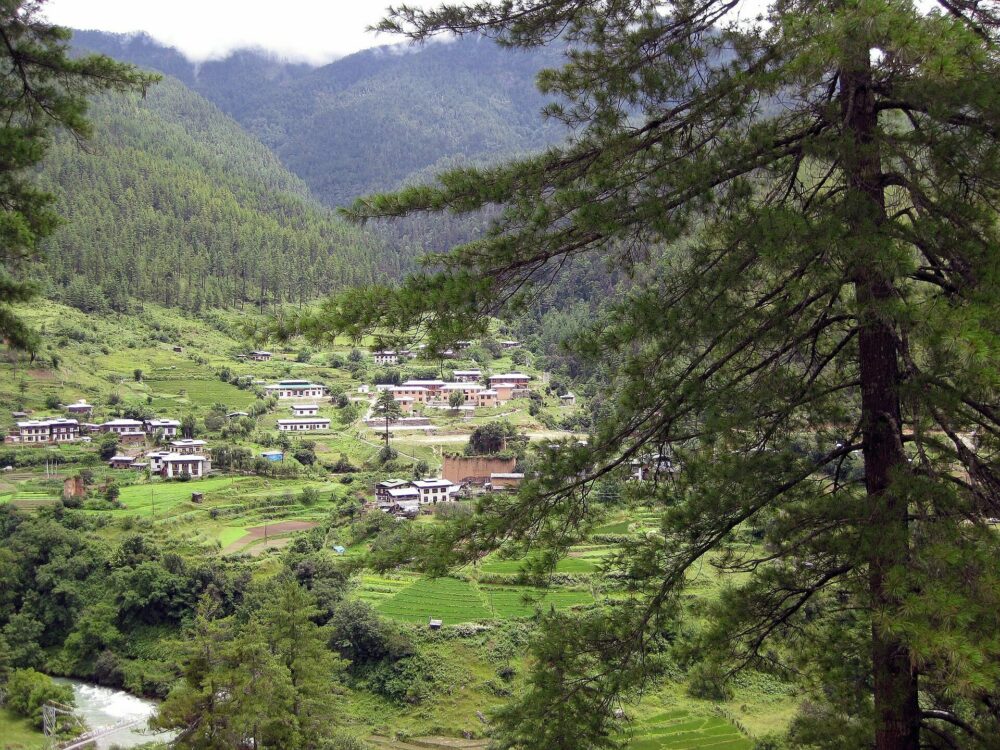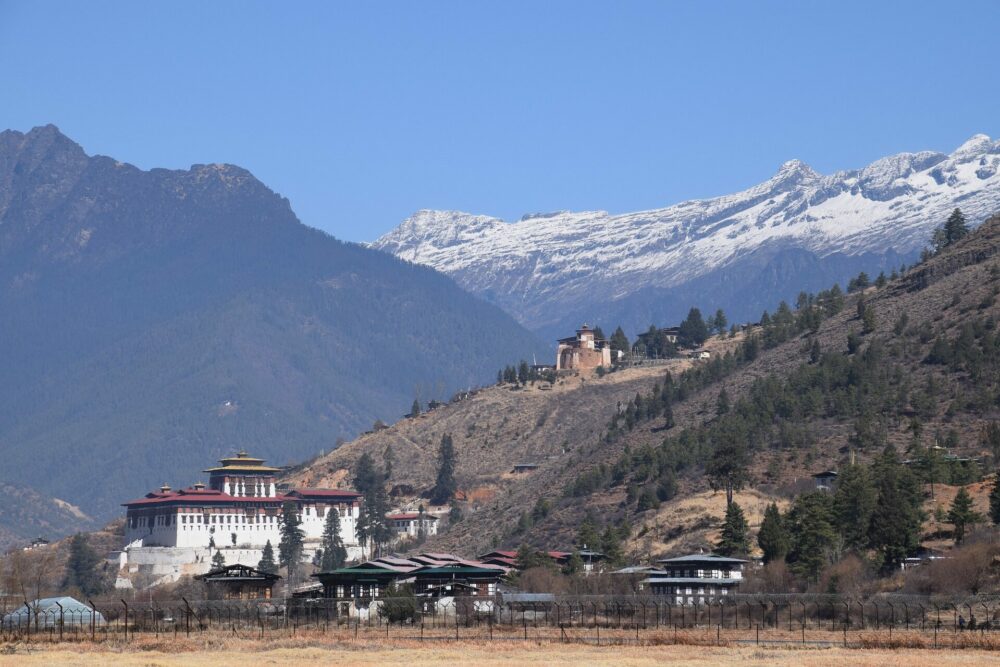Bhutan is a small, landlocked kingdom nestled deep in the Himalayan mountains, sandwiched between giants China and India. A Buddhist country – and the last Himalayan Buddhist kingdom – Bhutan is one of the most intact traditional societies on earth, even in the face of rapid globalization. The nation has pioneered the new economic model of “Gross National Happiness,” and takes great pride in its efforts to promote sustainability, carbon neutrality, and well being in the world. Getting to this Shangri-La at the roof of the world can be a bit of a challenge – partly due to geography and partly by design — but the adventure that awaits in the Thunder Dragon Kingdom is well worth the effort!
Population
742,737
Capital
Thimphu (Pop. 104,000)
Population Density
50 people per square mile
Government
As of 2008, Bhutan is governed as a constitutional monarchy
Ethnicity
There are numerous ethnic groups in Bhutan, and no one group composes a majority of the population. The most politically and culturally influential group is the Ngalop people
Language
The official language of Bhutan is called Dzongkha




